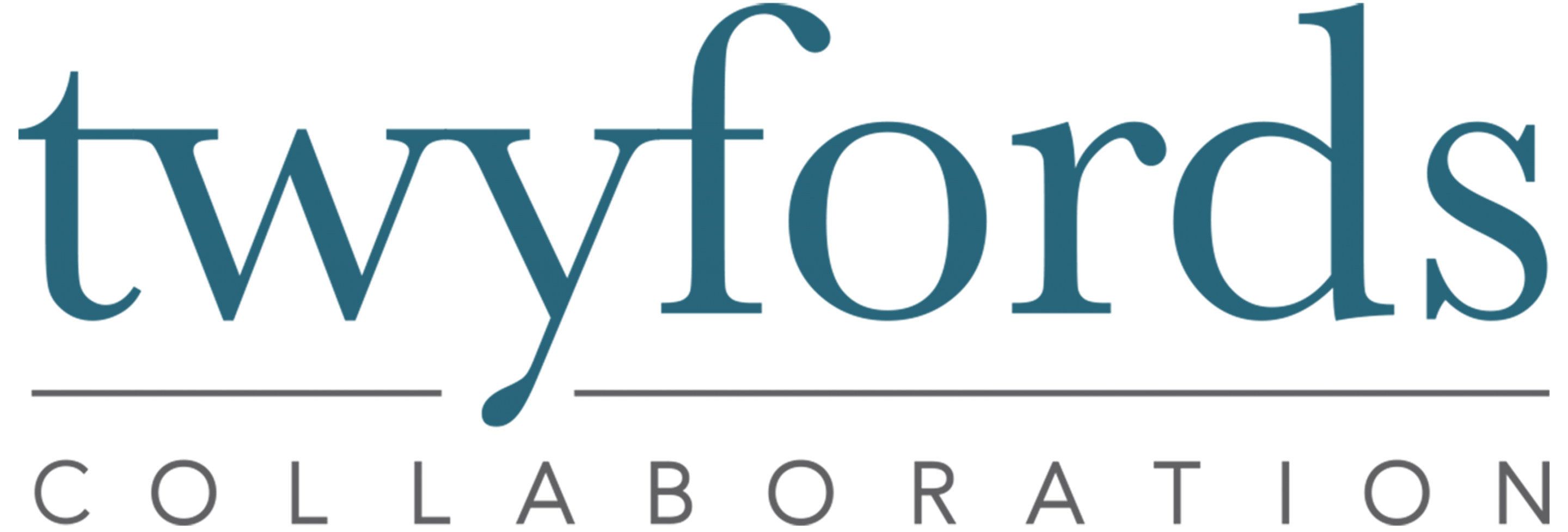In thinking about this month’s topic on silo busting, I was reminded of my blog four years ago:
Following a successful workshop a couple of weeks ago on setting up a collaborative framework for a project with a bunch of internal staff, the manager said to me that she couldn’t believe how well the group had worked together, and how “they got more done in 2 hours than we had done in the last 2 months!”
She was surprised, which struck me as a bit unusual until I realised how uncommon working well together must be in that organisation.
I reflected back on my 32 years in a big corporate in a past life and remembered the challenges I experienced in working with teams there- the constant battles between the organisational silos- engineering and production, HR and OD, marketing and sales- hoarding of information, and the strong positions and solution focus that each group took into each session. Then I realised that my recent client was experiencing that same culture of brick walls I had experienced for years.
I also realised that my experience of the last 12 years had been quite different, as I had got so used to a different pattern and so what we saw with the group was more the norm to me, but quite unusual for her.
While I was the facilitator in that case, it reminded me once again that it is not fundamentally the tools or skills I had that made the difference- it was the collaborative thinking that helped people work across their organisational boundaries – people getting to know each other better, willingness to share information, deeply listening to a diversity of views, and their willingness to take ownership of something that they felt important.
This resonated with me yesterday as I read a really interesting , where a government agency had focused on collaboration as a starting point to tackle the lack of innovation, in a traditional organisation.
In the case, the key agency Director acknowledges some of the challenges in changing the way the staff work given they felt overwhelmed, siloed, too busy, no info sharing, etc, and how “winning the hearts and minds” of the staff was key task for her collaboration facilitators.
So I’m now more mindful of the effect of the organisational “tribes” and the unconscious and mostly unintended influence they can have on getting good results together, and the power of collaboration in breaking up those silos.
So what have I learned in the meantime?
- The dynamics around silos haven’t gone away
- People are more aware of the issues around organisational barriers and how to respond with more useful collaborative behaviours:
- Listen more
- Pay attention to the relationships as well as the content
- Share information
- Check assumptions about each other
- We’ve found that a simple tool can be really powerful in seeing each other in a new light by revealing and challenging such assumptions. Try it out .
How are you finding those silos? A barrier – or an opportunity to learn and try new stuff?
